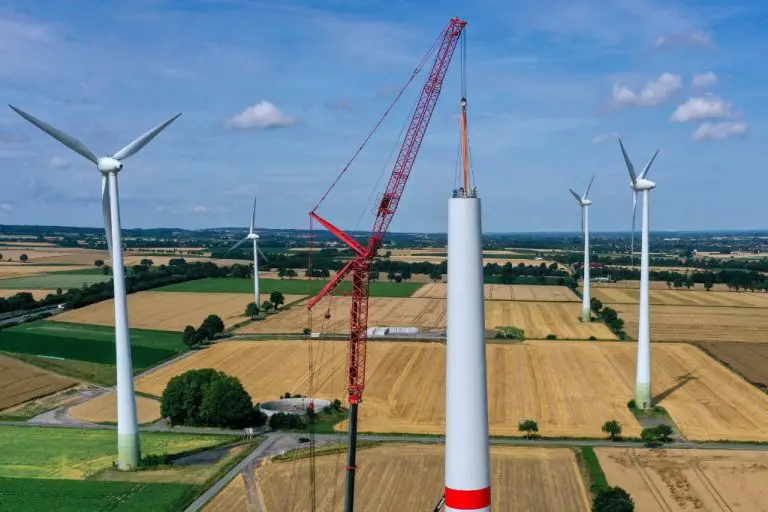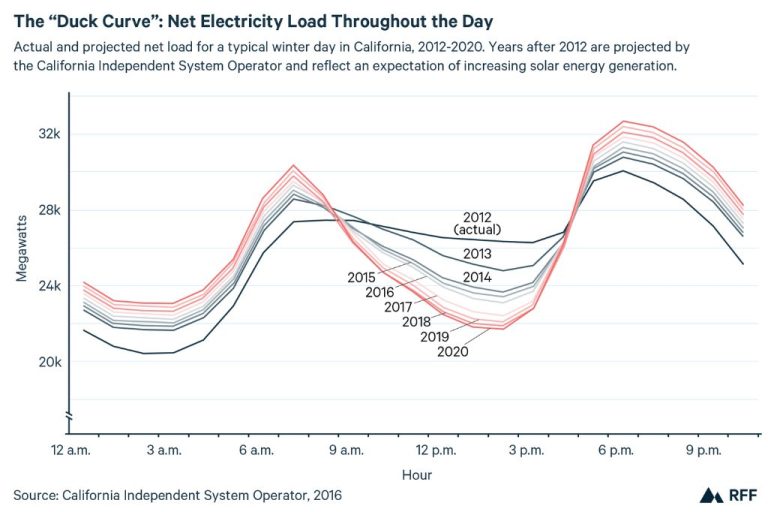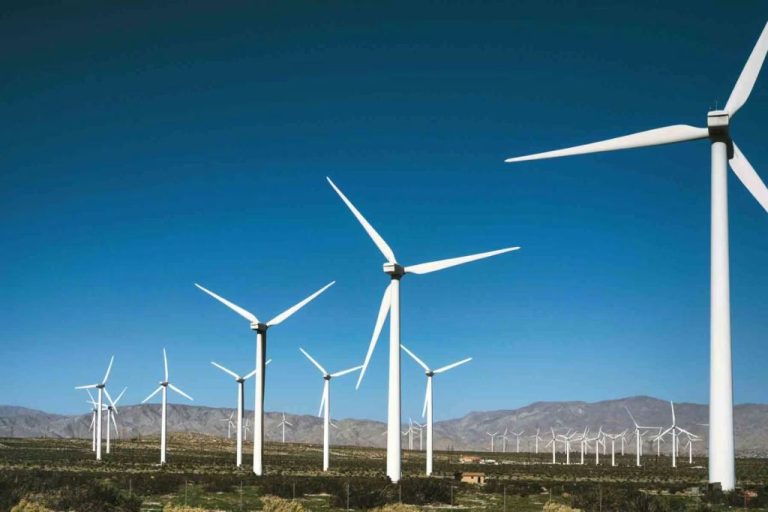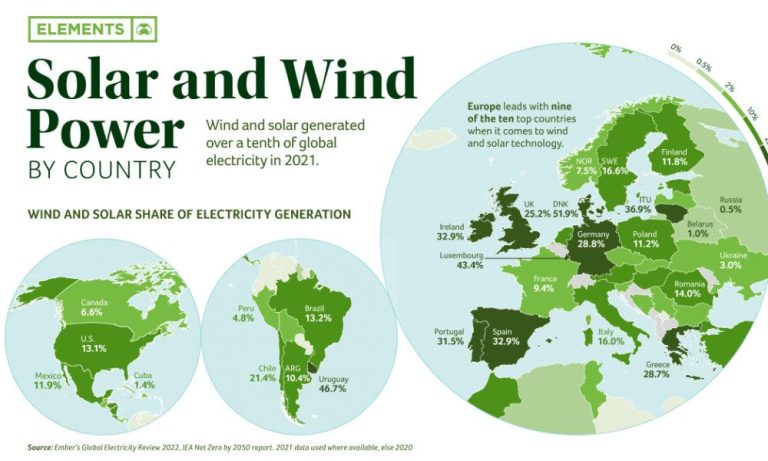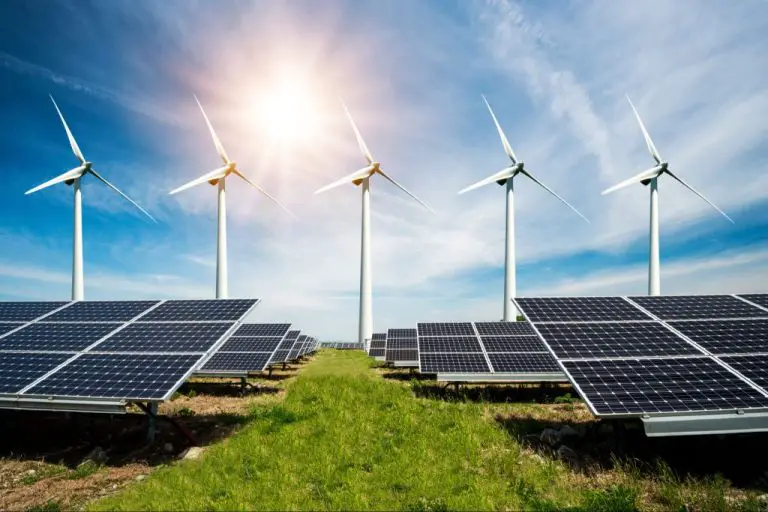What Is The Main Function Of Wind Energy?
Wind energy refers to the process of harnessing the wind to generate mechanical power or electricity. Wind turbines convert the kinetic energy of the wind into mechanical power, which can be used for specific tasks or converted into electricity.
Over the past decade, wind power capacity has expanded rapidly all over the world. Global installed wind power capacity has increased more than five-fold since 2006, reaching over 600 GW by the end of 2017. Wind energy is now the least expensive source of new electricity generation in many parts of the world.
With the continued growth and prominence of wind power, it is important to understand the main functions that wind energy serves once operational. The unique characteristics and benefits of wind energy enable it to provide tremendous value in multiple regards.
Generating Electricity
One of the primary functions of wind energy is generating electricity. Wind energy uses the power of the wind to spin large wind turbine blades connected to a rotor. As the rotor spins, it turns an internal shaft connected to a gearbox which increases the rotational speed. This spinning mechanical power is then converted into electrical power by an onboard generator.
Modern wind turbines can generate enough clean renewable electricity to power hundreds of homes. Large scale wind farms with hundreds of wind turbines produce electricity for utility grids. In 2020, wind energy became one of the largest sources of renewable electricity in the United States, generating around 8.4% of total U.S. electricity.
Wind power offers a sustainable way to generate electricity on a utility scale without emitting greenhouse gases or other pollutants. The Department of Energy reports that in 2020 alone, wind energy avoided an estimated 178 million metric tons of carbon emissions, which is equivalent to taking over 39 million cars off the road. As wind turbine technology continues to advance, the capacity to generate clean renewable electricity from this free sustainable resource will only increase.
Reducing Reliance on Fossil Fuels
One of the main functions of wind energy is to reduce reliance on fossil fuels like coal, oil and natural gas for generating electricity. As more wind energy capacity is added around the world, it is directly displacing electricity that would otherwise be produced by fossil fuel power plants.
The environmental benefits of this displacement are significant. When electricity is generated from wind rather than fossil fuels, there are no greenhouse gas emissions like carbon dioxide released into the atmosphere. Coal and natural gas power plants are major contributors to global climate change through their carbon emissions. As wind energy grows, it reduces the carbon footprint of the electricity sector.
There are also reductions in other air pollutants that cause smog, acid rain and health issues when wind displaces fossil fuels. Wind turbines produce no air pollution while operating, giving wind an advantage over coal and natural gas in terms of local air quality and public health. Overall, the growth of wind energy around the world is helping reduce reliance on fossil fuels and delivering environmental benefits.
Providing Energy Security
Wind energy helps provide energy security by diversifying the electricity supply. Many countries rely heavily on imported fossil fuels like coal, oil and natural gas for their energy needs. This leaves them vulnerable to global price shocks and supply disruptions caused by geopolitical instability, trade disputes or resource depletion. Wind power utilizes an abundant domestic resource, so it insulates countries from fuel imports and supply uncertainty. An indigenous wind resource buffers energy supply from external market forces.
With wind turbines located throughout the country generating electricity, the energy system is not dependent on a single type of fuel or a centralized source of power. Wind energy diversifies the national portfolio with a stable, affordable and inexhaustible resource. The greater the mix of energy sources feeding the grid, the more resilient and reliable the electricity supply becomes. Wind farms spread across different geographic regions also prevent disruptions, as localized weather events are unlikely to impact all sites simultaneously.
By tapping into freely available wind, countries can gain energy independence and avoid the geopolitical influence that comes from relying on imported fossil fuels. Investing in wind power secures access to a domestic, renewable energy source that strengthens energy security now and into the future.
Supporting Grid Reliability
As more intermittent renewable energy like wind and solar come online, there are concerns about impacts to grid stability and reliability. Wind energy can play an important role in supporting grid reliability when integrated properly. Grid operators are able to forecast wind production through improved modeling and leverage flexible resources like fast-ramping natural gas and energy storage to accommodate variability. Wind turbines can also provide essential grid services such as frequency response, voltage control, and synthetic inertia when equipped with advanced power electronics and controls. Studies have shown that the grid can reliably obtain over 50% of its power from wind and solar with minimal additional costs if the grid flexibly adapts. Wind and solar generation coupled with modern operations and planning can make the grid more resilient overall.
Creating Jobs
The wind energy industry has been a major engine for job creation and economic growth. According to the American Wind Energy Association (AWEA), there are over 100,000 jobs in wind energy in the United States as of 2021. Many of these are good-paying skilled jobs such as wind turbine technicians, construction workers, engineers, and manufacturing professionals.
The wind turbine technician occupation is projected to be one of the fastest growing over the next decade according to the U.S. Bureau of Labor Statistics, with demand driven by the increasing number of wind farms being built. Wind farm construction also creates many temporary jobs in areas like transportation and logistics.
Additionally, wind turbine and component manufacturing creates economic benefits and jobs. Major wind turbine manufacturers have opened factories in the U.S., with investment valued at over $200 billion as of 2021 according to AWEA. This expands the nation’s manufacturing base and creates new opportunities in the renewable energy supply chain.
The wind industry also provides new revenue streams to rural communities in the form of land lease payments to farmers and local taxes. This helps diversify and stabilize rural economies. In summary, wind energy development results in job creation across manufacturing, construction, operations, maintenance, and supporting services.
Driving Local Revenues
Wind energy projects provide substantial direct revenues to local communities in the form of land lease payments to landowners who host turbines on their properties. These lease payments provide farmers and ranchers with a drought-resistant cash crop that helps diversify and stabilize farm incomes. According to the U.S. Department of Energy, turbine lease payments can range from $3,000 to $7,000 per year per turbine. For a 100 MW wind project spanning 10,000 acres with 70 turbines, lease payments could generate over $200,000 for landowners each year.
Wind projects also generate significant tax revenues at the local level through property taxes and other payments. These revenues go directly to county governments, benefiting schools, emergency services, infrastructure, and other public needs. For example, a 250 MW project could generate over $1 million per year in property tax revenues. A new wind project can be the largest taxpayer in rural counties, providing critical funding to support essential services.
Offsetting Carbon Emissions
Wind energy helps offset carbon emissions from fossil fuel power plants. According to lifecycle emissions analysis, wind turbines generate electricity with virtually no emissions during operations. The only emissions associated with wind energy come from manufacturing, transportation, construction, maintenance, and decommissioning of turbines.
Multiple studies have found the lifecycle emissions from wind power range from 8 to 22 grams of CO2 equivalent per kilowatt-hour (kWh). In comparison, lifecycle emissions from natural gas combined cycle plants range from 400 to 500 gCO2/kWh. Coal power lifecycle emissions average around 1,000 gCO2/kWh.
Wind energy leads to substantial reductions in carbon emissions when it displaces fossil fuel generation. In 2020 alone, wind turbines in the United States avoided an estimated 202 million metric tons of CO2 emissions. That’s equivalent to taking over 44 million cars off the road for a year.
Studies have found that increased wind generation reduces economy-wide CO2 emissions because the additional low-cost wind energy displaces fossil fuel generation. One analysis found that a 25% wind energy share in the U.S. would reduce economy-wide power sector emissions by 23%.
Supporting Sustainable Development
Wind energy plays an important role in supporting sustainable development goals for corporations, organizations, and communities. Many companies are setting ambitious sustainability targets to reduce their carbon footprints and transition to renewable energy. Wind energy allows them to power their operations with clean, renewable electricity while meeting their environmental commitments.
Using wind energy demonstrates social responsibility and commitment to addressing climate change. It enables companies to reduce their greenhouse gas emissions, air pollution, water consumption, and impacts on local ecosystems. As a clean energy source, wind power helps create a more sustainable future while minimizing harm to the environment and local communities. Corporations that invest in wind projects show they value sustainability alongside profits.
At a community level, wind farm projects create environmental benefits, economic growth, and social value. They provide new revenue sources and jobs in rural areas, while supplying clean energy that displaces fossil fuels. Wind power spurs infrastructure development, educational programs, and environmental protections. By embracing wind energy, communities can drive sustainable development and become environmental stewards.
Conclusion
In summary, wind energy serves several core functions that make it a valuable part of our energy portfolio. The main benefits of wind power include: generating electricity from a renewable resource; reducing reliance on fossil fuels like coal and natural gas; improving energy security by diversifying supply; supporting grid reliability through flexible output; creating skilled jobs in manufacturing, construction, and operation; driving revenues for local communities and landowners; offsetting carbon emissions from fossil fuels; enabling sustainable development; and more.
With costs declining and technology improving, wind energy is poised for continued growth worldwide. Major markets like China, the US, Germany, and India will install more wind capacity in coming years. Emerging markets in South America, Africa, and Southeast Asia also hold promise. As long as the wind blows, it can help provide clean, cost-effective electricity for homes, businesses, and communities.

